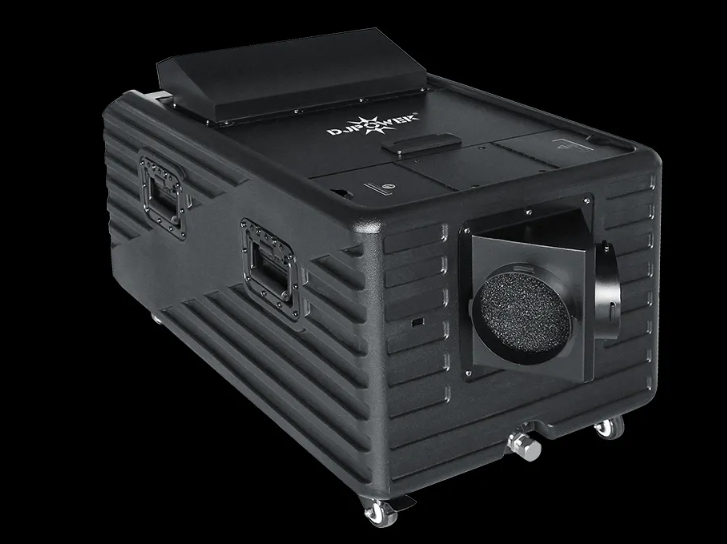When your factory is running at full speed, trying to ship a product or fulfill an order, the last thing you want is a conveyor belt running off course. Unfortunately, sometimes even the slightest movement or change on a conveyor can throw the belt off track. Misalignment of idlers or rollers, improper joints, and material accumulation are just some of the reasons that can cause your conveyor belt to deviate from the track. Sometimes, minor collisions with heavy machinery and even weather -- strong winds, frost, and sun exposure -- can interfere with your conveyor belt path.
Potential danger of running off course
If found and corrected in time, the conveyor belt deviation will hardly damage the conveyor. However, other types of damage may occur if it is not detected or corrected. If the conveyor belt continuously hits the frame, it will not only damage the frame, but also may scrape off the conveyor belt layer by layer until it is worn out. Conveyor belt width will also be affected, resulting in a reduction in the amount of material carried.
If the conveyor belt runs badly off course, the material will overflow from the top to the surrounding area, which may lead to safety violations. In rare cases, friction can heat up and the conveyor belt can become a source of fire, causing serious safety problems.
Safety regulations are also a factor
Safety regulations are in place in many parts of the world to regulate these issues. For example, in the United States, the MSHA enacted 30CFR 75.1731, which specifically states that "conveyor belts must be properly aligned to prevent friction between a moving conveyor belt and a frame or component." Failure to comply with these regulations can result in fines and/or disruption of operations.
Temporary repair of conveyor belt
For most factories, a complete overhaul of conveyors is usually not within the budget. Instead, some people resort to temporary repair procedures - such as attaching side rollers to conveyors - which can actually make the problem worse. Idlers mounted on the edge of conveyor belts are not always effective because conveyor belts are better suited for pulling than pushing, so this runs in reverse. Another method of adjusting the conveyor belt is to use friction - oblique idlers relative to the direction in which the belt is running. The third method is to adjust the tension. Usually the conveyor belt is always "away" from the high tension side. If the tension on one side increases, the conveyor belt will move to the other side.
The combination of friction and tension effectively prevents the conveyor belt from running off
Field tests have shown that a combination of friction and tension is the best way to get the Huayue conveyor belt back on track when the racks are not aligned correctly. Many equipment manufacturers provide edge idlers alongside steel return idlers that allow them to rotate or tilt relative to the travel of the conveyor belt. The friction exerted by the idlers on the conveyor belt can turn the latter. The problem with this method is that the edge of the conveyor belt will hit the edge idlers hard, but with little practical effect, and will exert great pressure on the edge of the conveyor belt. This will create greater force in the idlers, which may damage the conveyor belt.
Other manufacturers often offer products called "oscillators" for this purpose, which use a single central bearing inside a gelatin-covered idler (pipe) to cause the conveyor belt to turn. The problem with this design is that in order to generate steering force, the idlers have to be tilted down on the off-course side. This can backfire, as reducing tension can quickly cause the belt to slip into more serious running. Only in applications with minimal tension, where the steering force is much more influential than the tension, does this approach have a chance of providing good results.
In order to avoid applying too much pressure or making the deviation problem worse, the tracker with a "rotating and tilting" design can ensure friction and change the conveyor belt tension distribution. The rotating and tilting mechanism can make the conveyor belt back to the middle of the conveyor, and the efficiency is more than three times higher than other schemes.
The next time you encounter a conveyor that runs sideways or sideways, consider using a "spin and tilt" tracker. This is a very efficient solution that works before off-track problems cause damage or downtime.


没有评论:
发表评论